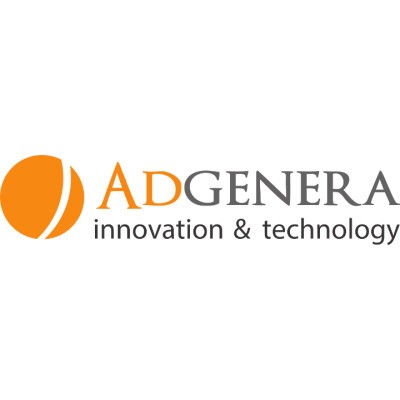Optimization of the Transport Systems
As an alternative to expansion or renewal of existing plant, it is possible to apply multi-level optimization techniques capable of correcting inefficiencies due to the gap between the complexity of transport system and the simplicity of control logics, with incredible economic savings.
ADGENERA S.R.L.
Torino,
Italy
The transport system is optimized by using many techniques and employs a multi-stage approach:
- Analysis of current plant performance under the most representative working conditions
- Identification of critical subsystems (Bottlenecks)
- Modelling of these subsystems
- Study and assessment of multi-level real-time optimization algorithms
- Calibration and verification of new control strategies in a simulated environment
- Application to the plant and Fine Tuning
At the end of the intervention, the plant benefits from the following advantages:
- Increased Throughput
- Reduced Travel Time (maximum and average)
- Ability to manage exceptional load peaks and fluctuations in the typical distribution of objects to be transported
- Traffic balancing to avoid blockages, stoppages, slowdowns and latencies
- Ability to react actively to the unavailability of one or more belts
- Flow regulation both in terms of quality of transport (positioning of objects carried on belts, gap between objects, alignment) and in terms of duty cycle of the belts (reduction of shutdown and restart events and, consequently, reduced stresses and wear).


